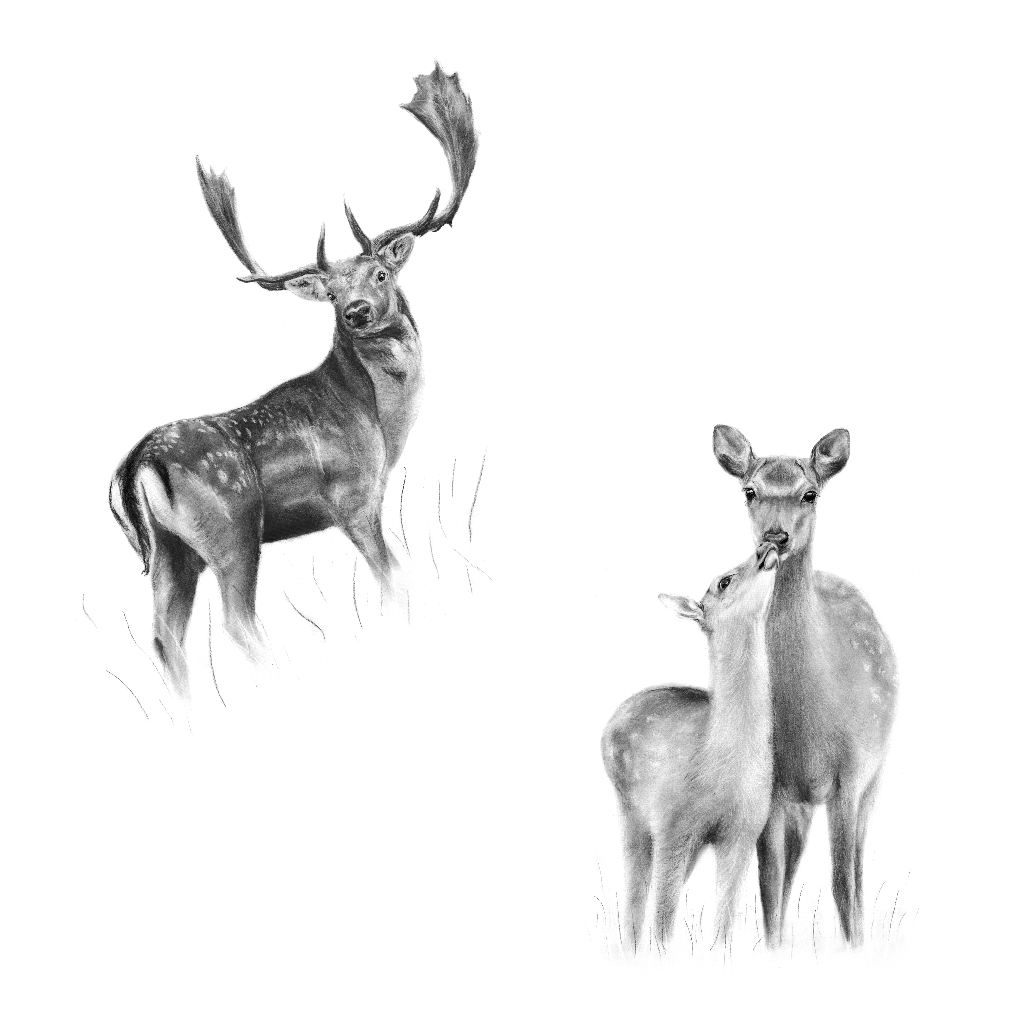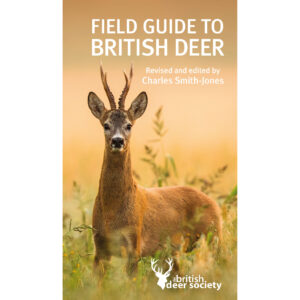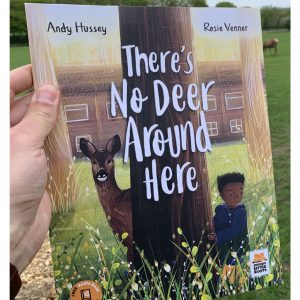The British Deer Society Deer Survey 2023
Share article:
Article by:
Charles Smith-Jones, Technical Adviser, British Deer Society
Deer Survey 2023
The British Deer Society regularly maps the presence of deer across the UK, providing a free resource which is highly valued by scientists, researchers, students and the media, as well as the general public. Our surveys provide a unique look at the distribution of our six deer species, and being able to compare the latest results against previous records provides vital information on the changing ranges of our deer populations.
The maps that have been published as a result of surveys are purposely printed using a grid system of no smaller than 10 km squares to ensure that the exact locations of individual records are protected. They are expressly not created or used as a basis to manage deer.
How Are the Surveys Run?
Each survey is run as a citizen science project which means that everyone is welcome to take part. Resources are made available to assist with identification and results are carefully verified before they are published. Individual reports are welcomed by the BDS, or alternately can be recorded using the BDS’s free Deer App.
We have also been fortunate in being able to draw on the records of national organisations including the Forestry Commission, RSPB, Wildlife Trusts, and many others. We have also been very pleased to work in partnership with the Mammal Society who have collected sightings through its Mammal Mapper App.
What Happened to the Abundance Survey?
As wild deer are secretive and notoriously difficult to count, recording their presence rather than numbers has always been considered a better approach, but an ambitious new abundance survey was planned for publication in 2021 using a newly developed methodology.
Regrettably, the advent of Covid meant that this failed to take place due to restrictions on travel, though on the positive side, it has enabled a database of volunteers across the country to be built up for future surveys.
If you would like to add your name to the list, please email technical@bds.org.uk with your name, contact details, postcode and any specific area you would be prepared to cover.
Post covid the charity could only focus resources on one survey so it was agreed this should be the distribution survey and work has progress to complete this work and generate new maps.
New Distribution Maps
The BDS is delighted to be able to announce that updated deer distribution maps are now available. Drawing on both historic and new records they were produced for the 2023 revised edition of the Society’s Field Guide to British Deer and offer an updated picture of deer presence across the UK.
The new maps do, of course, recognise that deer presence may be transitory and new sightings will always be welcomed.
Future Plans
While the BDS will continue to conduct citizen science surveys of deer presence, these are of course not able to tell us how many deer there actually are in the UK and the BDS finds it alarming that national policies for the management of deer have been developed against nothing more than anecdotal, limited and often outdated data.
The oft-quoted national deer population of 2 million, for example, is not based on any formal assessment and is little more than a broad estimate. This is no way to manage a precious natural asset.
The emergence of new technologies, not least the use of drones for aerial counting and AI, has allowed us to develop exciting new plans for the future to address this shortfall in our knowledge. Later this year we will be launching an exciting campaign working with The Big Give to raise much-needed funding for specialist drone count surveys to explore and demonstrate this new capability while helping to set a precedent for fact-based national policies in the future.
By basing UK deer management policy on sound evidence, we can ensure that deer will be humanely, effectively, and sustainably managed. This approach will foster healthy deer populations that have no, or a low, harmful impact on their own welfare, conservation efforts, rewilding initiatives, or reforestation.
PLEASE HELP US TO SPEAK UP FOR DEER
If you believe deer deserve better and should be managed fairly and humanely then get involved by:












